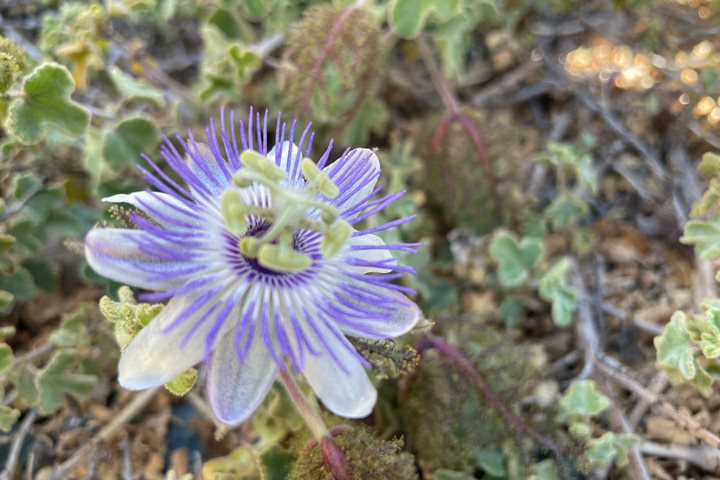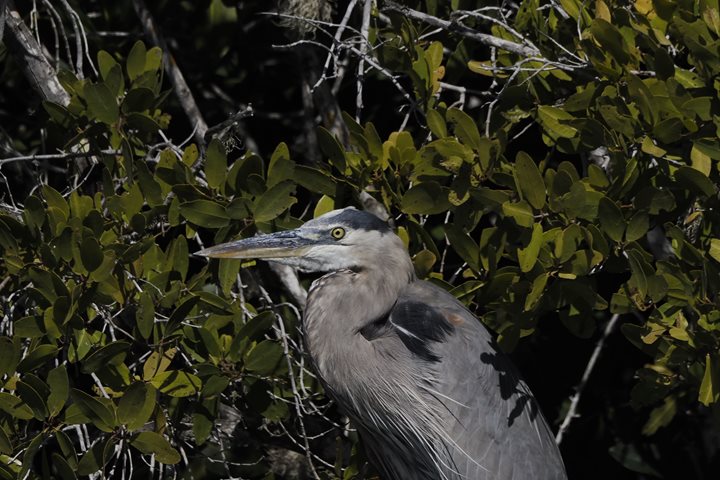The landscapes of Magdalena Bay slowly and subtly shifted as we made our way from Almejas, through the Hull Canal, toward the northern limit of the bay. Open ocean gave way to coastal mangroves intertwined with towering sand dunes. The bay itself also changed, transitioning from deep, turbulent waters to shallow lagoons. For us, this meant more opportunities to observe the gray whale mother-and-calf pairings that call this bay home for the winter. We took advantage of this unique opportunity to watch these whales before they swim north. We spent the entire day whale watching from our expedition landing crafts. We saw calves playfully interacting with their mothers, spy-hopping whales—even a full breaching. All this before a dramatic sunset behind the dunes.
- Daily Expedition Reports
- 16 Mar 2019
Magdalena Bay, 3/16/2019, National Geographic Sea Bird
- Aboard the National Geographic Sea Bird
- Baja California
Alex Krowiak, Naturalist/Certified Photo Instructor
A childhood surrounded by the woods and streams of Pennsylvania initially sparked Alex’s curiosity about nature. That curiosity eventually led him to pursue degrees in biology and environmental studies at Boston College. During his time there he cond...
Read MoreShare Report
Baja California: Observing the Whales of Magdalena Bay
VIEW ITINERARYRelated Reports
3/15/2025
Read
National Geographic Sea Bird
Puerto Magdalena
Walks in the desert can hold a plethora of surprises, and today was no exception. From clusters of scarlet Palo Adan flowers, the gems of the morning, to purple and white striped passion flowers. The numerous fruits on the vine attested to a series of flowers earlier this month. A diminutive bird, the verdin, was also interested in the Palo Adan flowers. The verdin’s short beak cannot reach the nectar, so this bird approaches the base of the flower, nips it open, and takes a nectar reward; pollination of the flower is thwarted in this thievery. The exoskeleton of a tarantula was found under the scrub, an indication of a spider that has molted and grown a bit bigger. At the end of the trail, we were all rewarded with a magnificent view of the Pacific Ocean. Good things come to those who venture outdoors.
3/14/2025
Read
National Geographic Sea Bird
Boca de la Soledad
Today we woke up in the northernmost part of Magdalena Bay. In the morning, we went whale watching at Boca de la Soledad, where we came across a mother and calf. Later, we went to Estero Chivo at high tide, where we observed a variety of birds. We were particularly interested in the numerous shorebirds, egrets, and herons. We raised anchor to continue our day. While transiting Hull Canal, we spotted bow-riding bottlenose dolphins. National Geographic Sea Bird set anchor in front of Magdalena Island. The wind was blowing, causing the dunes to come alive. After walking among dunes and desert plants, we arrived at the Pacific coast of Magdalena Island. We enjoyed walking along the beach and observing various shells, snails, and sand dollars. In the distance, we spotted the carcass of a beached gray whale and contemplated both life and death. These animals begin their lives on the coast of Mexico, and their cycle also ends here.







